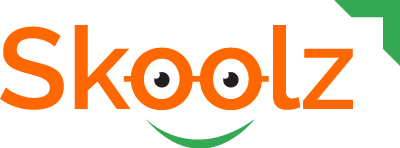×
- Parent Login
- Kids Learning
- Pre School
- Day School
- Boarding School
- Hobby Class
- Tuition Class
- Education Guidance
Bangalore is a renowned education hub, offering some of the country’s best ICSE, CBSE, State Board, IB, IGCSE, NIOS, ISC schools. The educational institutions in Bangalore prioritize academic excellence and holistic development. From preschools and day schools to boarding and residential schools, students in Bangalore have access to top-tier education equipped with state-of-the-art facilities and comprehensive programs tailored to enhance personal growth.
Explore the best Pre-School, Day, Boarding, Day Cum Boarding and Online Schools in Bengaluru, Karnataka, India, offering quality education under the ICSE, CBSE, State Board, IB, IGCSE, NIOS, ISC boards. These top-rated Pre-School, Day, Boarding, Day Cum Boarding and Online Schools in Bengaluru, Karnataka, India focus on your child’s overall growth, offering cutting-edge facilities and a supportive learning atmosphere. Find the best fit for your child from a list of 1249 schools within a 0-10 km radius of your location. Compare top ICSE, CBSE, State Board, IB, IGCSE, NIOS, ISC schools in Bengaluru, Karnataka, India, based on fees, facilities, and more to make an informed decision.


